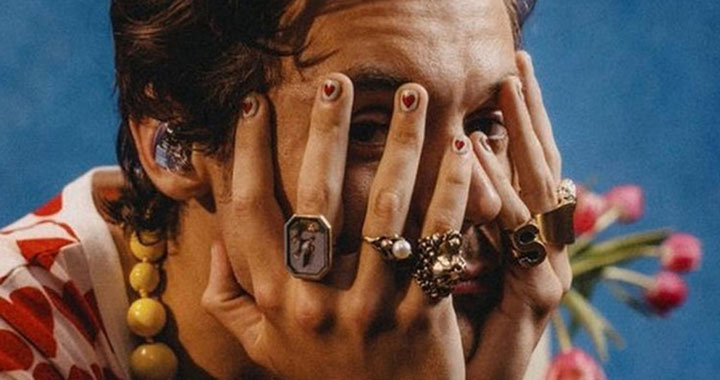Frequently, for those whose homes are filled with antiques and art – particularly when they have been treasured family possessions for generations – potential replacement values for insurance can be overlooked.
Whilst jewellery and silver are often undervalued for insurance – recent costs having increased – there are certain types of objects which can be discounted completely.
With that in mind, Doerr Dallas Valuations would like to share a few examples where interesting history and excellent quality have led to growing value and this fact may lead to under insurance.
 Georgian Costume Jewellery
Georgian Costume Jewellery
The 18th and early 19th centuries were a time of great innovation and advances in technology. One of the fields in which this was obvious was jewellery design. With sumptuary laws being ignored, and with a growing middleclass keeping up with the latest trends, the desire to own the most fashionable jewellery became widespread. This demand was met by advances in artificial stone production – what would now be described as paste jewellery. Paste stones could be manufactured in a range of dazzling colours – mimicking – or even more vivid than their precious stone equivalents. It made jewellery more affordable to the fashionable of the day.
Costume jewellery, in terms of its financial value, has often been disregarded in comparison with fine jewellery equivalents. However, in recent years a strong market for costume jewellery as a whole is evident. Recently, the Georgian paste jewellery market has strengthened resulting in rocketing prices.
At auction, estimates have been smashed – in February 2023 a suite of blue paste jewellery (parure) comprised of a necklace (which would have been attached by a ribbon), a bracelet and a pair of earrings was offered in auction (Woolley & Wallis lot 148) with an estimate of £200 – £300. The eventual total selling price was over £25,000!
 Domestic Metalware
Domestic Metalware
Objects made from brass, copper and pewter may appear ordinary but again their values can be surprising. Lighting, fire grates, door furniture, mortars are all things to consider when arranging an insurance valuation.
Early pieces are highly prized by collectors and their replacement value can be in the thousands. In a recent auction, (The Chapman Pewter Collection – Bishop Miller; April 2023) a rare pewter candlestick manufactured during the reign of Elizabeth I/ James I achieved a selling price of over £30,000 (Lot 43). If you are uncertain as to the origin of your metalware, it is always best to consult a specialist valuer.
 Furniture
Furniture
In recent years the antique furniture market has been much maligned, with reports of the decrease in values being widespread. While the market may not be that of the 1980s, quality antique furniture continues to be esteemed and seeking replacements competitive.
Modest oak and antique country furniture should be closely looked at when considering insurance. Windsor chairs, mule chests, dressers and farmhouse tables are respected amongst collectors.
 Treen
Treen
In a similar vein to country furniture and domestic metalware – treen – domestic objects made from wood may have been disregarded. In this fierce collecting field, prices can be surprising and some objects extremely rare.
 Toys, Games and Juvenilia
Toys, Games and Juvenilia
When considering a valuation, looking at the playroom or nursery may not be the first area for attention but with the market for antique toys and games proving ever popular, replacing these treasured possessions can be costly.
Important and interesting 18th and 19th century dolls houses are collected not only by those interested in toys, but for those with a passion for architectural history. These microcosms of the family home often include complete furniture and decoration – showing how families lived and operated their homes. To replace good examples, the anticipated cost will be upwards of £10,000.
Rocking horses have a history which dates back thousands of years – the toy in the current form has existed since the 19th century. Rocking horses, both antique and modern, are a focal point for a playroom and as such should often be insured. When looking to acquire a good 19th or early 20th century example, one should budget over £2,000.
Playing cards, board games and games compendiums may be valuable depending upon age, manufacturer and scarcity. Toy specialists can offer guidance on teddies, dolls and antique toys and games.
Exploring the hidden treasures in your attic could be a delightful journey down memory lane. These items which hold dear memories close to your heart might even surprise you with their financial value.







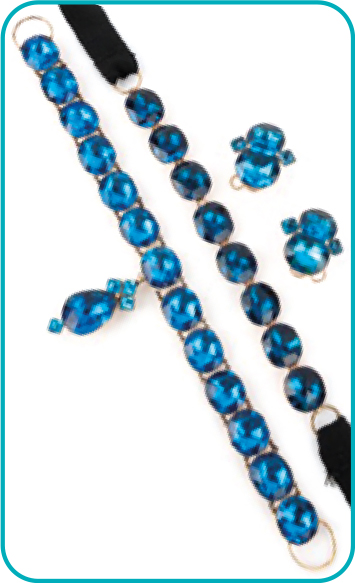 Georgian Costume Jewellery
Georgian Costume Jewellery Domestic Metalware
Domestic Metalware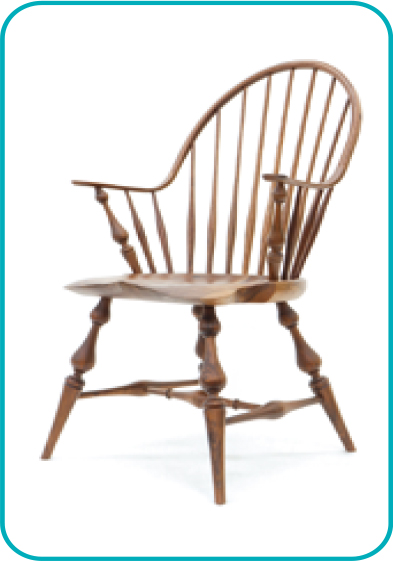 Furniture
Furniture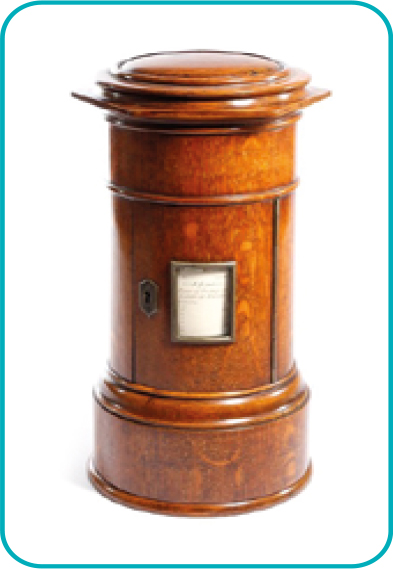 Treen
Treen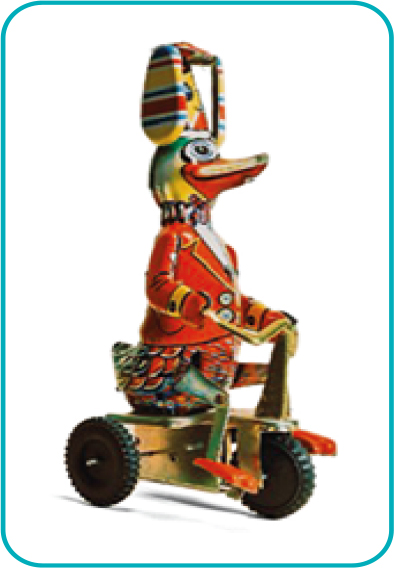 Toys, Games and Juvenilia
Toys, Games and Juvenilia









































